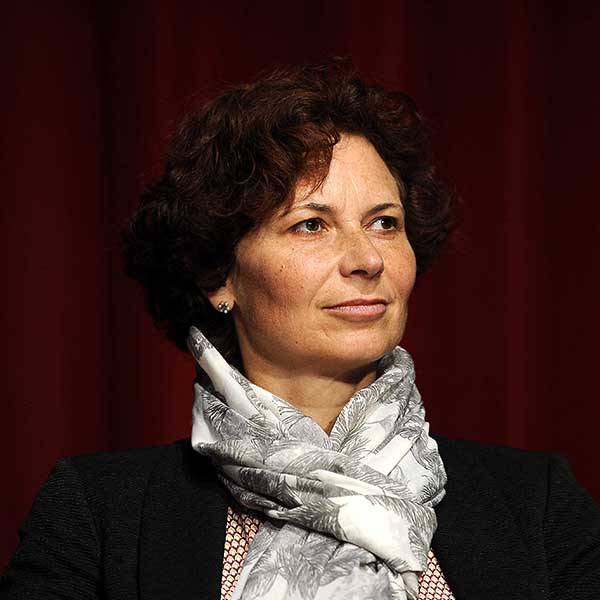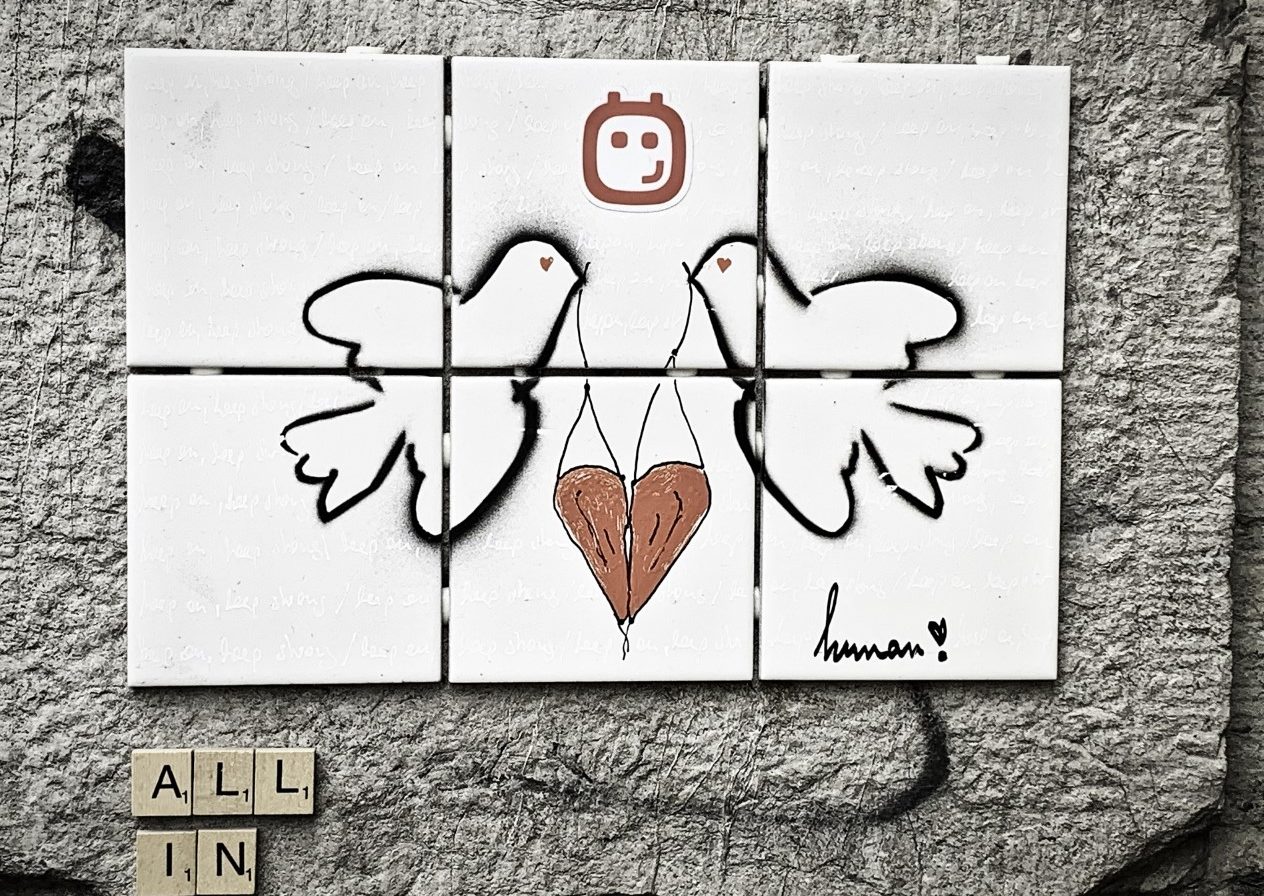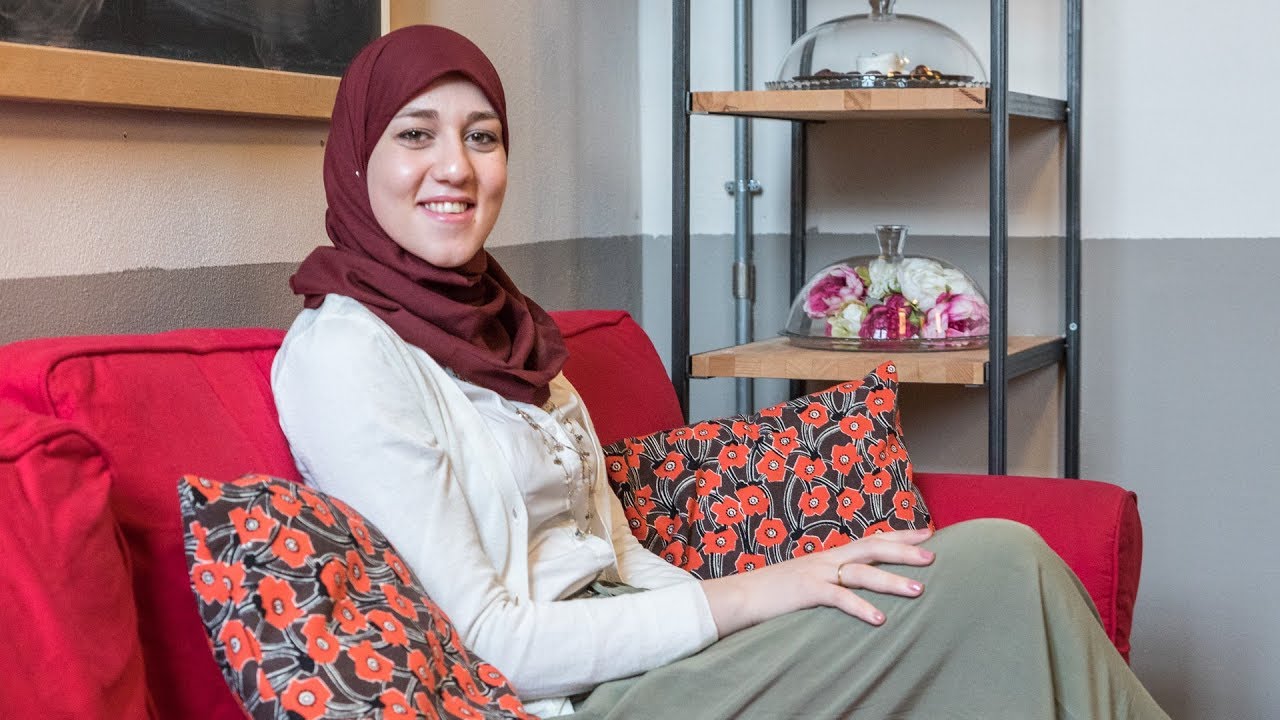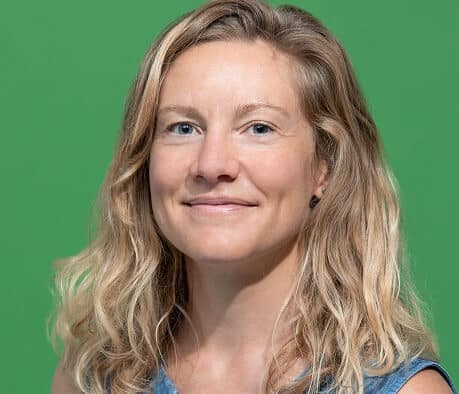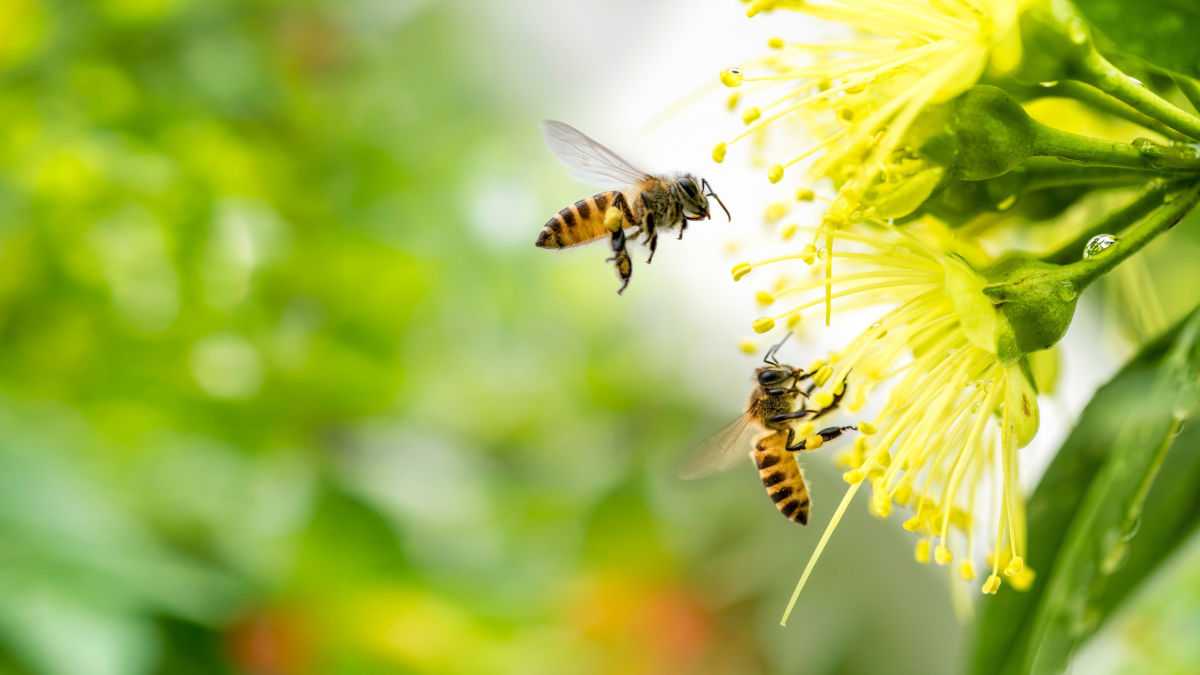
OLBIOS: In your work you use circular and doughnut economy to drive innovation and build resilience. What are the main features of this model, how is it an improvement over other models?
Eller Everett: For me the circular economy, the doughnut economy and permaculture are complementary frameworks. The principles of each are aligned and overlap so that by fitting them together we can create businesses that are strongly aligned with the three pillars of sustainability; social, environmental and economic. By using the principles of these frameworks, businesses can see a different perspective in order to find their niche and drive innovation. I focus strongly on using permaculture in business in order to create resilience by considering all different angles of a business; reducing their input and maximising their desired output, working out how to create the biggest possible effect with the smallest possible change and looking at how a business can make the most of their resources through multiple functionality. Integrating these frameworks creates an adaptable model that can be used with all types of businesses.
O: With BothOfUs you focus on the specific areas of Tech, Design and Illustration. Can you give us some examples?
EE: BothOfUs is a social impact startup that works towards positive social and environmental change. We use technology, design and illustration to drive impact and accelerate the Sustainable Development Goals (SDGs). The company was started by the desire to do something to stop social injustice. We saw the SDGs as a clear goal and observed that people with brilliant ideas working towards social impact often lack access to high quality technology and design that is needed to scale the impact and communicate impact to stakeholders.
We are an international team of developers, designers and activist entrepreneurs and our mission is to create global impact that is scalable across countries. Our founders have been dedicating their lives to create positive social impact and in the past 4 years we have been working specifically with tech and design focused towards the SDGs. We are experts on social impact and ensure that the projects we do addresses the problem identified and creates the greatest impact possible. Our projects all respond to the SDGs in some way, from reducing food waste to measuring air contamination. A few projects we have designed and built:
CO2CO2Puff – CO2CO2 Puff is a smart machine learning algorithm map, which uses real-time data to calculate air pollution on a micro level. By looking at traffic patterns of congestion, street structure, weather, sunrise, cloud coverage, population, atmospheric stability and many other factors then comparing these patterns to local air quality and wind forces, the map can both give real-time information and future predictions on pollution levels of an area or even of a single street where the air measurement stations are not available. Our goal is to aid in city planning endeavours and business environments to consider air quality by providing the best data & reports for the city and business environment.
PlasticFreeEurope – With PlasticFreeEurope our aim was to create a marketplace for alternatives to plastic products. Our research found that most people and companies want to use less plastic, but alternatives are often costly. With the marketplace we offer non plastic products at economical prices for business and individuals. We support small local producers and communities to ensure quality and fair trade and offer these producers a place to market their products.
HomeCook – Is a simple and easy solution to reducing food waste through inspiring recipes that help users make the most of their food.
O: You have been a permaculture expert for 28 years. How is it possible to apply the ethics and principles of permaculture to any activity and across industries from banking or fashion to community building and product design?
ΕΕ: I was brought up surrounded by Permaculture so for me it is clear to see how it can be adapted to all kinds of situations. Permaculture is a way of doing something that is resilient over time without negatively affecting the environment, a permanent culture. The ethics of people care, earth care and fair shares encourage businesses to put people and the planet at the top of their priorities.
The principles of permaculture, whilst often used for sustainable agriculture, are in fact not specifically or directly related to agriculture at all. The principles can be used as tools to create a thriving and regenerative business by offering a change of perspective. The principles are as follows;
Observe and Interact – Observation of company and employees – what’s working and not working, who needs support, who is lacking motivation. The importance of observing tension in the company and interacting actively.
- Catch and Store Energy – Be resource efficient. Is the company making the best use of your current energy levels and opportunity?
- Obtain a Yield – Expanding the concept of yields. Yields are more than just profit and also include: confidence, practical skills, purpose, knowledge, job satisfaction, growth, time saved. This involves that active creation of surplus – what can be made, what skills do we have, what time do we have to spare?
- Apply Self-Regulation and Accept Feedback – Being open to feedback both internally and externally. How can a company monitor progress?
- Use and Value Renewable Resources and Services – Consideration of human energy as a renewable resource, value and use human input. As a company and team how can you cut down my consumption of non-renewable resources?
- Produce No Waste – Preventing time and energy from being wasted. Using waste as a resource either internally within the company or through external collaborations.
- Design from Patterns to Details – Optimising the system as a whole in order to reduce inputs and increase outputs. Recognising the potential of the company including the team. Look at patterns of success from other systems.
- Integrate Rather than Segregate – Ensuring the company is inclusive and everyone’s aptitudes and abilities can be identified and utilised. Making connections locally and collaborating with others.
- Use Small and Slow Solutions – Not trying to do everything at once, start with realistic expectations and make change manageable. Quick growth means higher risk of tripping up. Know when to let the work spread out via others rather than scale up in size. Be locally attuned & responsive.
- Use and Value Diversity – Acknowledging others strengths and weaknesses. Promote diversity, participation, collaboration and reciprocity, strengthen company culture and networks and work with a spirit of high trust.
- Use the Edges and Value the Margin – Expanding the edges of the company’s comfort zone. Bringing in internal events and aim to encourage active work, self-management and independence. How can you reach out to people on the edges of the company?
- Creatively Use and Respond to Change – Learning to deal with change and learning skills that enable us to adapt to situations. Consider other income sources.
O: You are an Ambassador for Positive, a movement of changemaker businesses empowering a regenerative economy. Can you give us some examples of the positive impact already achieved by some of these organizations?
EE: The Positive movement is a community of businesses working to create a regenerative economy based around four core values:
- Right relationship with nature (planet)
- Elevating human potential (people)
- Honouring communities (places)
- Value for all (partners)
When I discovered the Positive Movement, I was so impressed with the brilliant companies already involved. Being in the social impact sector I am surrounded by inspiring people and projects and those in the Positive Movement are the leaders in creating positive change. It is a community of companies that are leading change makers across all sectors; from hydrogen cars built on a strong circular economy model (RiverSimple), to a regenerative cryptocurrency (SEEDS) and regenerative agriculture program that has taken the Νetflix world by storm (Kiss The Ground), the Positive companies, whatever their focus all have people and planet at the core of what they do. As an Ambassador Consultant I offer my work in Permaculture to support companies in building up businesses that are regenerative by design.
O: Some people remain unconvinced when it comes to the motives and purity of the commitment of corporations towards positive social impact. How do you think we can distinguish between a genuine desire for social improvement and initiatives that merely seek to improve a corporation’s image?
EE: There is a massive issue with greenwashing and companies using sustainability as a marketing technique, but there are a few ways to distinguish a company that is truly working to make a positive impact. A key way to identify genuine companies is by looking at whether their core values and practices are aligned with the three pillars of sustainability, i.e., environmental, social and economic. For my work with companies I measure their impact on how closely they are aligned with the principles of permaculture, the circular economy and the doughnut economy, not only does this show the current impact companies are creating but also sets out future goals to work towards. Being part of key networks such as B Corp, GoodMarket, the Greentech Alliance and the Wellbeing Economy demonstrates the companies active participation and motivation by being part of global movements that require companies to go through a stringent process to ensure their activities are making people and planet a priority.
It is also important to look at how companies measure the impact they create, in this case transparency is key. A common issue is when companies put in place processes that are aimed at being sustainable or socially-just but are not holistic, what I mean by this is that a lot of companies claim to be sustainable but don’t consider their supply chain or the consequences of their products or activities. A company that is selling organic cotton clothing in Europe may be considered as sustainable but may not be looking at the system as a whole: where has the cotton come from? How are the cotton growers treated and are they paid fairly? Is the material transported from the other side of the world or is it provided locally? Unfortunately, it is not always easy to see the true environmental and social impact of a company. However, but it is vital to consider the consequences of a company’s actions and their supply chain in order to truly distinguish the genuine impactful companies.




